Anderson is the cousin of one of my neighbours. I met him by our swimming pool during the holidays. Although he lives less than 45 minutes away from Cali by plane, his world is very different from mine. I kept picking him for stories about his life on the Pacific Coast. This interview is a result of our conversations (translated from Spanish). I found it very interesting and hope you will too. Enjoy!
Tell me a little about yourself, where you live, your upbringing and your family?
My name is Anderson, I’m 26 years old and was born in Timbiquí, Cauca on the Pacific coast. It’s a little village with about 20.000 inhabitants. I still live there, or I actually live 12 hours from Timbiquí up the river on a boat. It’s dense jungle and the nearest pueblo is called Soledad de Yantin. I live in a big tent with a bunch of co-workers.
I’m the oldest of six; 2 sisters and 4 brothers. My parents divorced about 10 years ago. My mom works as a maid for a family in Timbiquí. My dad works in a gold mine. He officially lives in Buenaventura, although he spends most of his days in the mines around Timibquí.
How does one arrive in Timbiqui?
You can arrive by boat or plane. The easiest way by far is with a direct flight from Cali. TAC Colombia is the only operator. They have a fleet of small dual-props that will get your there in 45 minutes. One-way tickets cost around $200.000 pesos.
The second option is with a boat from Buenaventura south to Guapi, switch boats and then 45 minutes further south to Timbiquí. A return ticket costs about $40.000 from Guapi. I’ve forgotten how much the stretch from Buenaventura costs, but probably around $50.000 for a return ticket.
Is your village worth a visit? What could a tourist do there?
I love Timbiquí so of course I believe it’s worth a visit. There are plenty of things to do. Lots of music and culture. Good beaches, both sand and stone, and many palm trees. During whale season (from late July to early October), you can get lucky and spot the whales from the beach. There are a few hotels in town, the best ones being El Faro and El Diana (no online presence, sorry). And of course, the best food in Colombia – the Pacific food.
What is the dominant race there?
We have the entire color palette, man! We’re mostly black, but also many indigenous, white and anything in between. For some reason, most of the whites are Paisas. People in the village get along well, although the indigenous are not as fortunate financially. It’s like they lack the entrepreneurial spirit, the desire to create. Most businesses are owned by blacks or Paisas. The best performing ones belong to the Paisas. They are astute business people and their companies are better organized than ours. They maintain a better presence, negotiate better prices, their operation appear cleaner, and so forth.
Is Timbiqui a dangerous place? Is it considered “zona roja”? Wasn’t it where they discovered a narco-sub with 10 tons of cocaine a few years ago?
We, the people who live there, don’t consider it to be a dangerous place. If I thought it was, I would never invite you to come visit. But if you want the truth, yes it’s zona roja. The guerilla is still in the jungle. The city is safe, though. We have a big presence of police and navy and we never see the guerilla in the city.
It’s true that they found the submarine in an estero (one of the little creeks leading to the river) near Timbiquí a couple of years ago. Big news. The people who lost the shipment disappeared, and I don’t think it was the police who got them. The mafia is very big in Colombia. I think millions are employed by them, but it’s a delicate job. Open your mouth and you’re dead, so nobody talks.
Are many locals involved in the drug trade in Timbiquí?
I could not give you a clear answer on that, but I’m sure there are. It’s big business, both directly and indirectly. But we don’t have the flamboyant narcos like you see in the bigger cities. They keep a low profile here. They don’t cause trouble.
What kinds of jobs are available on the coast and what do you do for a living?
The biggest industries around Timbiquí are mining, fishing, timber and farming, especially coca and coconuts. The local government also employs a lot of people when you count the mayor’s office, the police, the navy, the local schools and the local councils.
Adding to the previous question, although they say Colombia is not the biggest producer anymore, coca farming and the cocaine production are still very widespread. The farming of coca is very visible. When you fly in, you will see the fields all over. The military and the navy try to fumigate the plants or destroy them, but it seems like an endless struggle. The cocaine processing plants, are harder to find. We call them crystalizaderos or cocinas de proceso. They are hidden deep in the jungle and very well protected.
I work in a gold mine near the river. I’m the middleman between the guys in the excavators who dig out the soil and the machine that subsequently washes and filters it, in order to locate the gold. I have been working in the mines since 2009. A friend got me into it.
What is the scale of your operation? How much do you mine? How much do you make? Is it legal? Does money make anything legal?
Our mine covers an area about the size of 3 hectares. We employ two excavators and 14 workers in total. Our mine produces about 1 kilo of pure gold every week. Most of it appears as glitter in the sand, but sometimes we do find bigger chunks. The biggest piece of gold I have seen there was 1 pound.
7% of all the gold that we mine gets split as salary between the workers. The drivers of the heavy machinery earn the most, but I usually make between $800.000 t0 $1.300.000 per week. It’s a very good salary by Colombian standards, but also long days with very hard work.
The politicians in Bogotá call our operation illegal. In Timbiquí, it’s “legal”. You may ask why? – Because everybody eats a piece of the pie. The owner of the mine pays 14% of any gold mined to the owner of the land. Then the mayor and local politicians get a cut. Even the guerilla gets a piece of the pie. Our administrator meets with everybody weekly and pays the quotas, which allows us to work in peace. If we don’t pay, they will have our operation stopped, although their means of halting our production will be different. The FARC will burn down your machinery. The politicians will have the authorities come after us and maybe arrest some of us.
After everybody has been paid, the owner of the mine has about 40% left to cover expenses for fuel, maintenance of the machinery and profit.
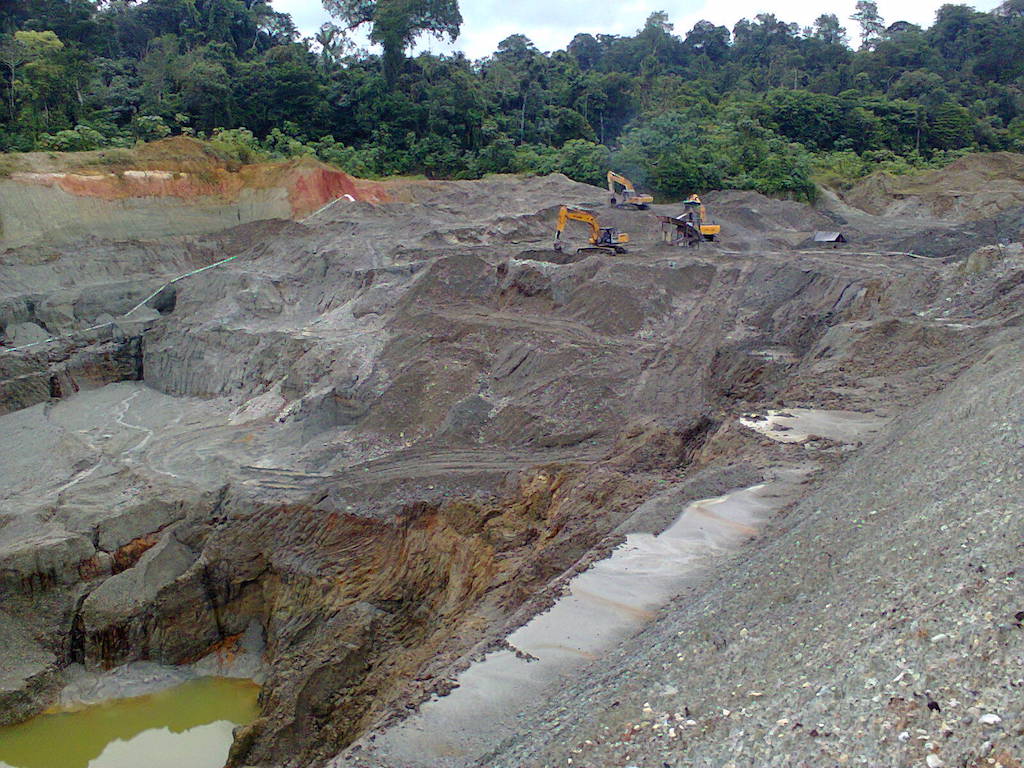
You seriously pay the FARC every week?
Well, I don’t, but our administrator does. They are like a separate authority in the jungle, but their tentacles reach into Timbiquí as well. Every little business owner pays the vacuna – protection money. The send their miliciano (civilian messenger for the guerilla) every month to collect. A big business pays about $1 million pesos per month. The smaller ones pay less. Even the lady on the corner selling arepas pays them, although it might only be the equivalent of $2.000 pesos per day.
Recently, I heard of an illegal gold mine collapsing and leaving 7 dead – wasn’t that near Timbiquí?
Yes, that mine is located on the same river as where I work. In fact, it’s the same owner. I know all of the people working there and everyone who died. One of the owner’s sons died in that terrible accident. It was a very tragic day for all of us.
The authorities closed the mine after the incident. Even though it was an open pit mine, the terrain where they worked has a steep incline and it was an accident waiting to happen. It was like a landslide and the workers got buried alive. The mine where I work is a lot safer and we’ve never had an accident there.
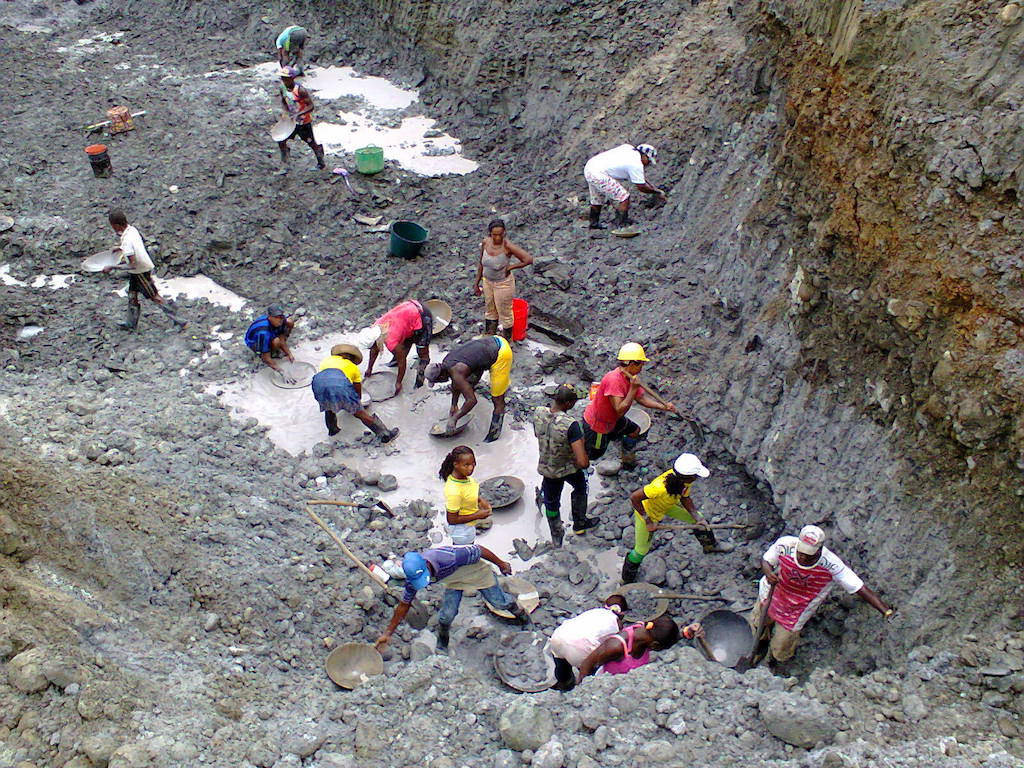
What is the price of gold straight from the mine?
Currently, you can buy the gold straight from the mine for $90.000 pesos per gram. Upon reaching Cali, the price goes up to $110.000. Almost all of the gold that we mine gets exported but it comes through Cali first. Although the gold price is down over the last couple of years, we are very happy with the high dollar.
(Editors note: At the time of writing, the world spot price of gold is about $1.100 dollars per troy ounce (31.10g) or $35 dollars per gram)
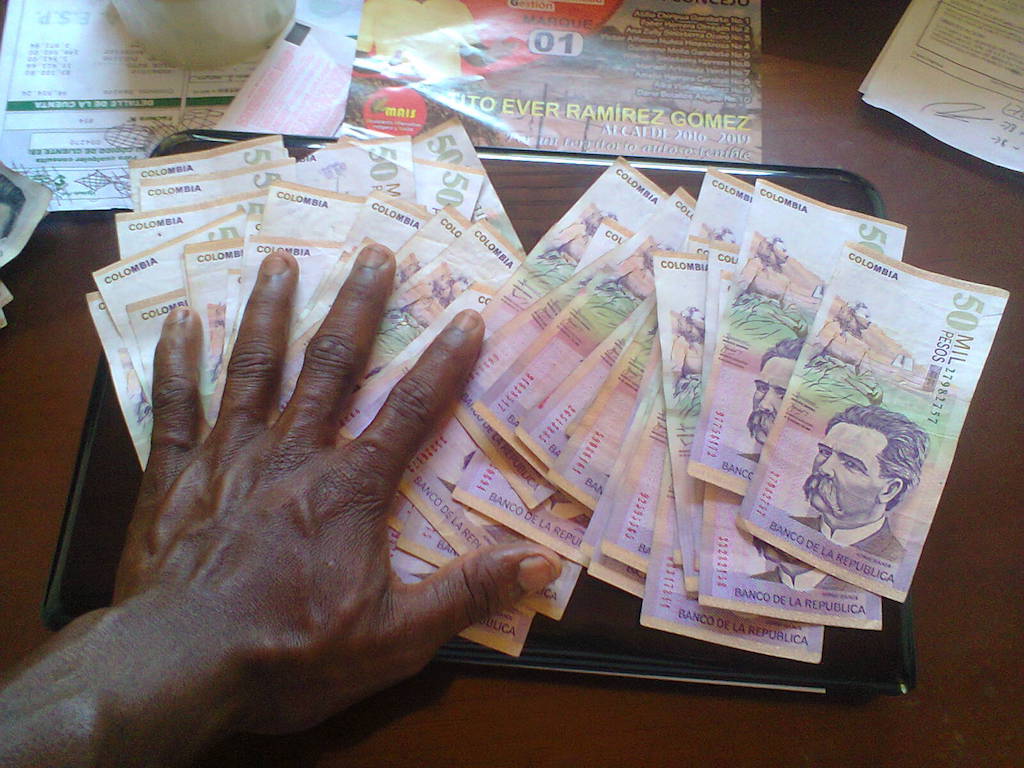
There is a lot of controversy about the mining operations – do you pollute the environment when mining for gold or in the subsequent processing?
Most of the criticism that we get is well-deserved. First of all, our machinery turns the terrain upside down. It will never look the same again. In many places, the miners change the shape of the river and destroy all life on the river bottom. Although our operation is small compared to that of a coal or iron ore mine, we work in the rainforest, a very delicate ecosystem.
The biggest impact of our mining, though, is the mercury that we use to separate the gold from the other materials. It’s highly toxic. After processing, the mercury-infected water gets directed back into the river. It’s very bad for our environment and we are beginning to see the effects of work. Not only has the river that was once crystal clear turned murky, but people are also getting sick from eating fish contaminated with mercury. In Timbiquí most, of our fish come from the ocean. But the village in the jungle depends on the river for their food.
I’d estimate that we spend less than 3 ounces of mercury per week in our mine. It adds up of course with 30 excavators working in about 15 mines in the area.
(Editors note: Worldwide, small-scale gold mining employs as much as 15 million workers, producing about 15% of the world’s annual gold production. Imagine if all of these little mines are also letting mercury-infected water run back into our waterways… kind of scary, huh?)
What is the mentality of a gold miner in your village?
We work to get as much gold out of the ground as possible. With money in their hands, most of my fellow co-workers spend their weekends drinking the most expensive liquors available and chasing the most beautiful woman they can find. I’ve seen miners throw full bottles of whisky to the ground, only to have it break in pieces. It’s a show-off. Nothing more.
Our conversations don’t revolve around the future. We talk about our plans for the next weekend. Most of my co-workers spend almost everything they earn on the weekend. A few of them are wise enough to save for a car, moto or a house.
Listen, we know we are doing damage to the environment, but nobody talks about it… we are all eating from the same plate.
Not just us miners, but most people living in the small rural villages around Timbiquí make their living exploiting mother nature. It’s our only source of income. Making it illegal will not stop it. The problem is that a lot of the money we earn from our work gets wasted on unimportant things, like women and alcohol. It’s a vicious circle.
I wish our local politicians would take some of the money they skim and invest it into society. We desperately need better schools, better sewage systems, water treatment, and other forms of employment. Like I said, we are already feeling the effect of our pollution today. We can’t drink the water from the tap, but only the rain water that we collect or the water we buy in the store. We can keep going like we do for some years, but eventually we will have to face the consequences. Our problem is that we live in the present and tend to forget about tomorrow.
Your dream and long-term goals?
I don’t want to be in the mine forever. You can’t do this work all your life. It’s very hard physically.
Unlike my friends, I don’t drink much. Maybe a beer once in a while. Eventually, I would like to buy assets. I’m dreaming of buying my own house and maybe some extra building to generate rental income. I’d also like to one day be able to study mechanical engineering. My family never had the resources the afford the university for me. That’s what I’m saving for right now. I’d probably need at least 5-6 million pesos per semester to get started, but it’s hard. My mom is alone with my five younger siblings in Timbiquí and I try to support them as much as I can.
My next step is saving enough money to buy 200 grams of gold straight from the mine. Then I’ll bring it to Cali and sell it for a profit.
Your favourite food
I love fish! My favorite is the corvina sudado en leche de coco, arroz con coco y patacon de platano. I miss this when I’m in Cali. Fish is so expensive here. Imagine, we pay only $30.000 pesos for a kilo of lobster. You want me to send you some with TAC when I’m back in Timbiquí…?
Your 3 favourite songs from the pacific?
Isidro with “Anita” (couldn’t find it)
Herencia de Timbiquí with “Ábreme La Puerta Mamá” (Couldn’t find it, but check out “Te Invito” by the same group)
Herencia de Timbiquí with “Una Prima Tan Buena” (Couldn’t find it, but check out “Amanece” by the same group)
After our talk, Anderson walks off to shower by the pool and says “Patrick, tan rico bañarse en esta agua tratada, eso no tenemos en la costa!”

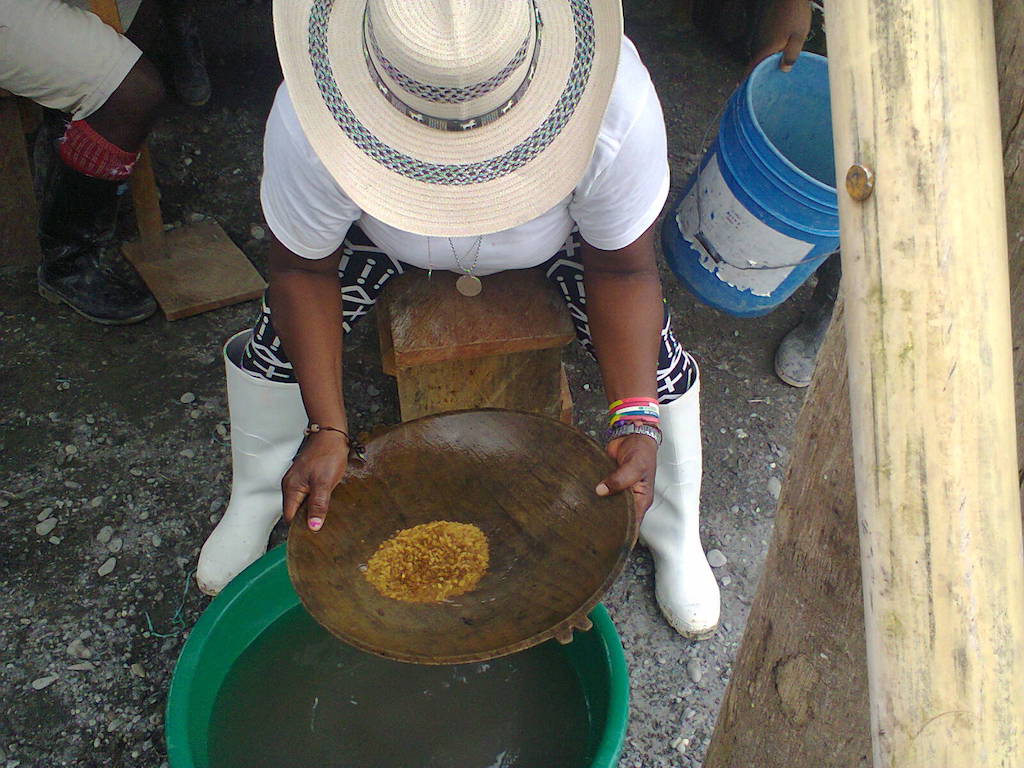


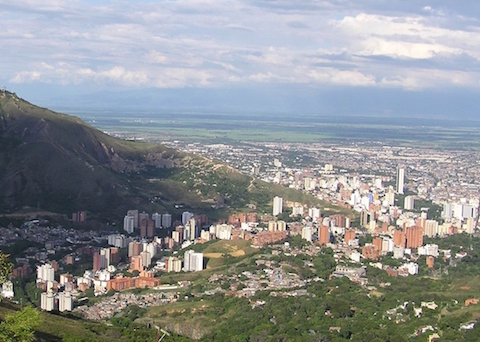
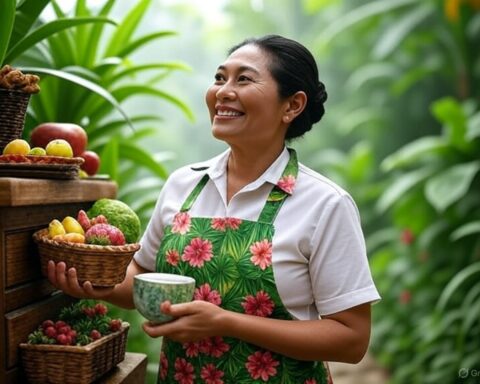
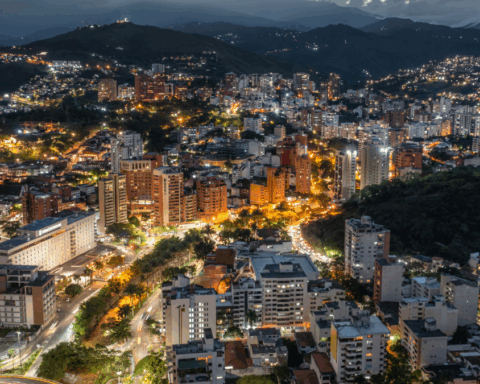
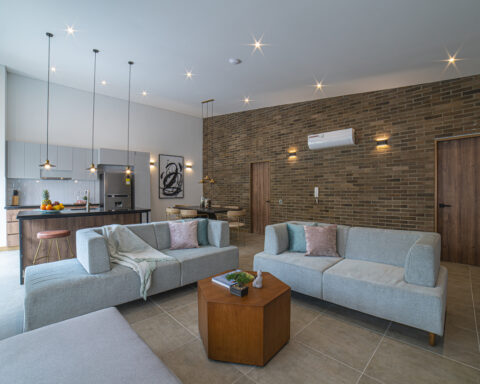
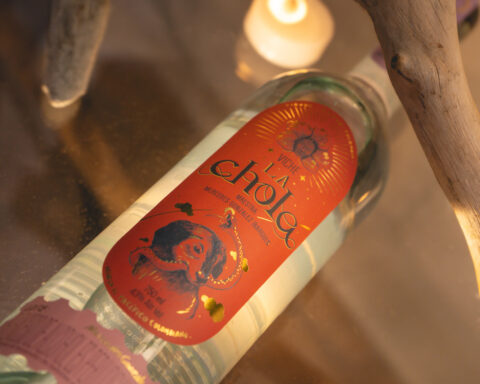
Good (and scary) article.
Do all of your readers know what a paisa is? I’m considered one because my family is from Caldas and Quindío, but the real paisas are the Antioqueños, from the State in the northwestern part of the country.
I used to love spending days off from working as a teacher (before I met Tom) in La Bocana, which one reached by boat from Buenaventura, staying with a wonderful family of fishermen, paying them with groceries and things they needed from Cali. Absolutely special memories.
great article patrick….gives us a closer look at the realities and forces that bind together this trade and its impact on society and environment. the biggest problem is that so many of thee operations are too remote de get enough public exposure to generate change and solutions….being so isolated, the culture of corruption is what flourishes. The lack of education tips the balance the wrong way. the only government presence is military and police. no cultural input from the government that might spark ideas for sustainable development and prosperity. OUR ACTIONS AND ENTEPRISE REFLECT WHO WE ARE INSIDE, BOTH AS INDIVIDUALS AND AS A GROUP. WHEN YOU SEE A GLOD MINE YOU WILL SEE WHO WE ARE INSIDE. BE THE CHANGE YOU WANT TO SEE !
Awesome photos, who captured them?
Anderson took the pics with his cell phone 🙂
Nice story. First time I am able to read some background on Timbiqui. We (from the Netherlands) are in Cali as of coming weekend, and my daughter would love to be able to visit her family in that area………………but all odds (=advises) are against her. Unfortunately, but when I read the story I started to doubt again what the options are. Thanks again for the story.
Roel, last thing I heard was that Timbiqui is safe to visit. Just don’t venture into the jungle alone. Anderson tells me that you can either get there with a plane from Cali or with a boat from Buenaventura. Best of luck and please let me know how it goes!